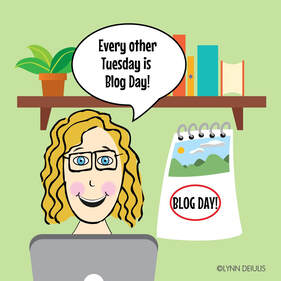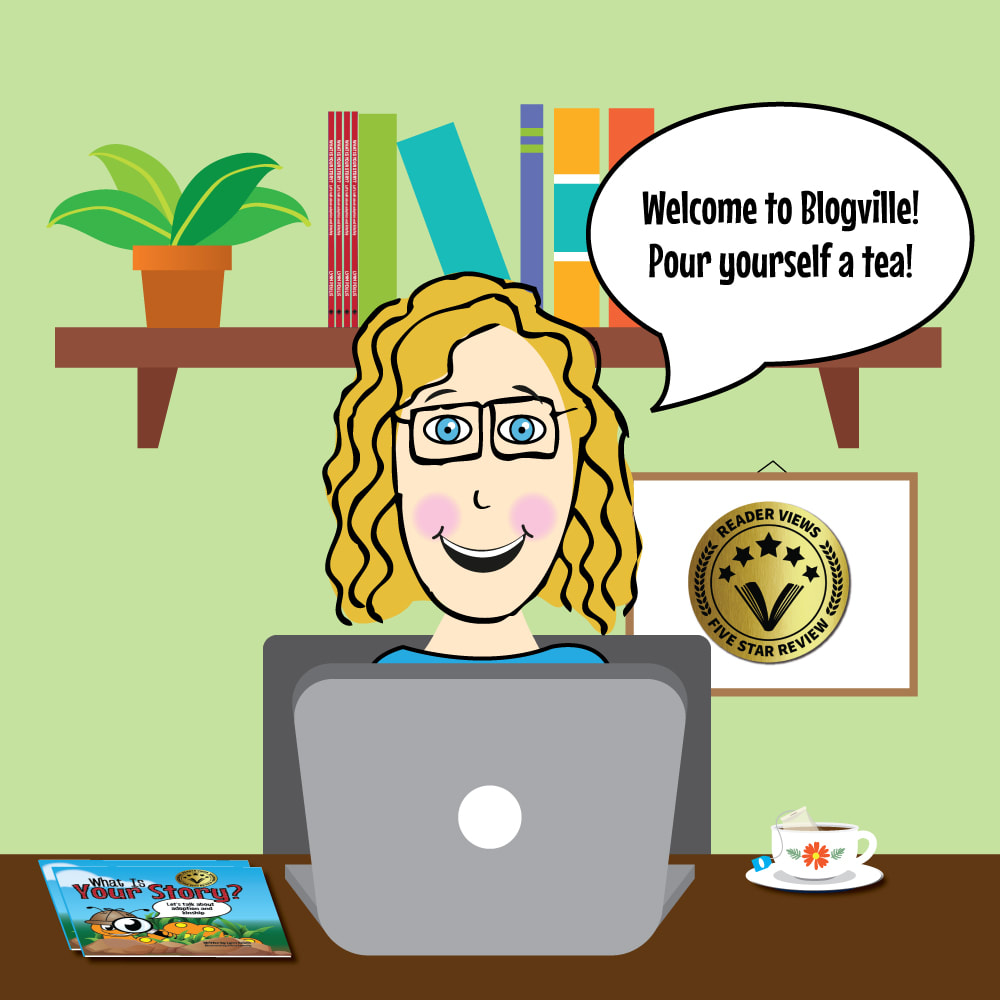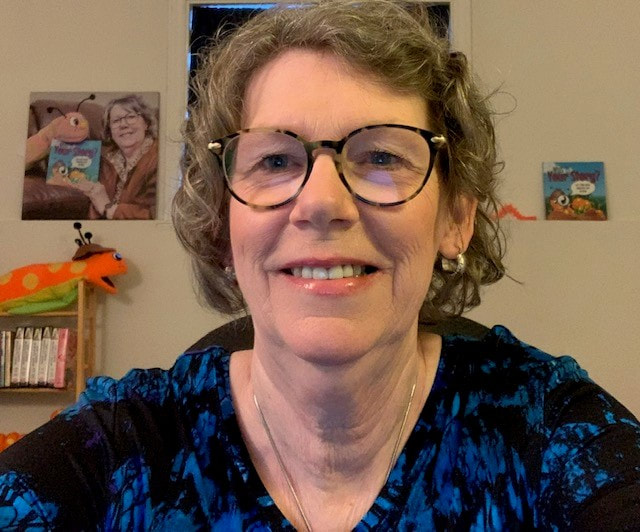|
Hi everyone! Welcome back to Blogville. Today it’s a strong black tea for me as I write this blog about the impact of information errors on adopted people and their families. This blog may be of particular interest to children and youth in care workers, foster parents and adoption workers; or anyone whose role it is to gather information for children and youth moving on to adoption.
Some of the stuff I’m going to talk about, you have already read in previous blogs. This blog’s intent is to bring focus to the impact on people of not getting the details right when completing documents and/or when verbally sharing the child or youth’s historical information. When a social worker is completing case notes or a Social and Medical History, or when a foster parent is working on a life book, take my word that details matter. As you know, my parents were told that my birth mother had given birth to a baby boy about three years before me who was kept by the birth family, but they wanted an adoption plan for me. To the best of my knowledge, my parents were never given anything in writing; instead, they were expected to remember details shared verbally with them during an extremely emotional event. In fact, I am not even sure if my father would have been present for those information-sharing phone calls. In my first non-identifying information report, it indicated “Own Child: Born prior to (my birth name removed/vetted) -was also placed on adoption”. Own child referred to a child born before me, to our birth mother. Following that file note was a list of my birth mother’s siblings, their gender, their ages, and their health. At the time of my birth there were 5 boys aged between 11 and 23 years of age, then two girls, aged 10 and 7. Finally, a boy aged 3 years. That assumably, was my birth brother, who had been adopted/kept by the birth family. When I wrote in my previous blog (What If It Had Been Open Part 3) that my birth mother and her mother were pregnant at the same time, my maternal birth relatives stepped up to make a correction. Note that I have had two disclosure reports and received my full vetted file. Every one of those documents indicated that this boy was 3 years old at the time of my birth. I was 64 years old when I found out that this was an error. The boy in the report was actually 4 years old, while my birth sister was 3 years old at the time of my birth. My maternal birth relatives not only provided me with a copy of his birth certificate, but they also included a photograph of my birth grandmother in a hospital bed. Her daughter, my birth mother, was sitting at her mother’s bedside while a nurse held up my birth uncle for the photographer. I cannot even begin to describe what finding out that part of my adoption story had been a lie for my whole life felt like. An unintended lie, but a lie all the same. It would be more than a year after this hospital photograph was taken before our birth mother would give birth to my half-sister and make an adoption plan for her. I had spent my whole life wrongfully believing boys were better than girls, because all evidence to date indicated that my birth mother’s family had kept the boy she gave birth to, but let me go. If it had not been for that blog, I may never have realized that. From an attachment and trauma perspective, my parents should have been given more adequate information about my early months. They were never told that I was abandoned by my agency as well as my birth mother at a hospital in another community. I was born on the 22nd of September and my birth mother was discharged and left the community on September 29th while I waited for a social worker to come and get me. Following an unexplained delay and a rather curt letter to my agency dated October 14th authored by the head nurse strongly indicating they needed the bassinet for “other unwanted children”, I was finally collected by a worker on October 19th. I had been unparented for almost a month at this point. After a delay due to weather, at which point I remained with the worker, presumably in a hotel, we finally returned to my birth mother’s community. I was then placed in an emergency foster home on October 21st and remained in that home until October 30th when I was moved to a new foster home. On November 14th, without explanation in my file, I was moved to another foster home. It was noted upon my arrival in that home that I had sores on my head and a rash from my belly down to my knees. Within this final foster home, I received the love and care of my foster parents until my placement on adoption probation about 7 months later. My parents were never informed of the month I spent unparented in hospital, nor were they told that I had lived in three foster homes in about 6 weeks, and that there were signs of neglect before I was placed with the last foster family. They were not told how much my last foster family loved me and that they wanted to keep me. Until I received my second non-identifying disclosure report when I was 35 years old, my parents and I believed I had left hospital and was placed in a foster home and then left that foster home when I went to live with my parents. A comprehensive social and medical history would have prepared them for potential attachment concerns and the impact on me given my early lack of parenting. None of this was done with malice or poor intent. Social workers are guided by what is known at the time they are educated and working in the field. We have learned so much since my adoption placement in 1959 but we still make mistakes. So, I put forward to you some ways to at least mitigate any harm. First, to social workers that are working with the children and families long before there is any adoption planning. Write down the details, please share as much information as you know because you cannot really know what may be critical to that child in their future. You are even provided the tool, often at the intake level. In Ontario it is known as the child/family Social and Medical History. This tool is intended to gather family medical history, and information (likes/dislikes/personality traits) about birth relatives, especially the birth parents. This tool is like a written baby book, genealogy chart, medical records, school records, parenting questionnaires, and a historical essay all in one. You may not be the author of the whole document, but accuracy in your chapter is important to the child or youth! Second, to kinship families and their workers. Do not assume that because they are related to each other that the social and medical history information is automatically known to the kinship provider. Do you know everything there is to know about your cousin’s family, or your aunt’s family? Oh, and make sure that as long as you are involved with the kinship family, you keep updating that Social and Medical history! Without a crystal ball, you can not know how long this placement will last or if the child or youth will maintain a connection if this placement disrupts. Thirdly, to prospective adoptive parents. Ask, ask, ask, and ask your questions. Your prospective child or youth’s records will be sealed once the adoption is finalized and there is no going back into them until your child is an adult. Read the social and medical history thoroughly. Ask for copies of reports, ask about current behaviour and concerns, because you are not yet the expert on your child, but once placed with you, society will expect that you are. Be as prepared as you can be. I cannot reinforce to you enough that you are not doing the agency a ‘favour’ by being short listed, nor should you be feeling ‘honoured’ at being considered. This is a commitment you are making; hopefully for the rest of your life. Do not feel intimidated, this is about your potential child. Even more importantly, an informed decision may well prevent the trauma of an adoption disruption! I had a good adoption, in a good family, with its own problems and experiences. My parents had no idea of the trauma I had been through and what it might have meant to my attachment. They were unable to mitigate what they did not even know about. As I combed through my vetted files, I learned more about why I had, and still have, attachment concerns and perhaps even why, to this day, I still have feelings of abandonment and insecurity. If we had only known. Thanks for reading, I’m glad you stopped by. As usual, your comments and questions are welcomed, both here or via my email, [email protected]
0 Comments
Your comment will be posted after it is approved.
Leave a Reply. |
Read More
July 2024
Categories |



 RSS Feed
RSS Feed